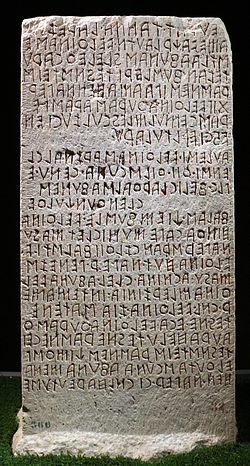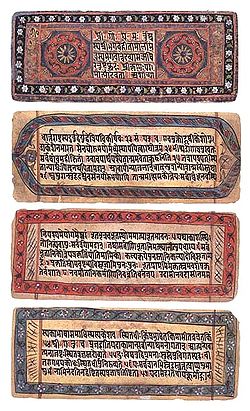Bronze Age

Ancient Egyptian religion
Sumerian religion
- Hymn to Enlil
- Kesh Temple Hymn
- Song of the hoe
- Debate between Winter and Summer
- Epic of Gilgamesh
- Epic of Enmerkar
- Epic of Lugalbanda
- Angim
- Enki and the World Order
- Enlil and Ninlil
- Enlil and Namzitara
- Inanna and Utu
- Inanna Prefers the Farmer
- Inanna and Enki
- Inanna Takes Command of Heaven
- Inanna and Ebih
- Inanna and Shukaletuda
- Inanna and Bilulu
- Inanna's Descent into the Underworld
- Ninurta's Journey to Eridu










